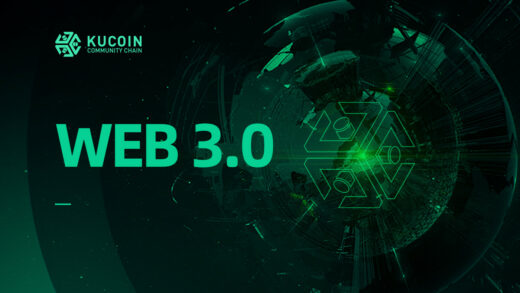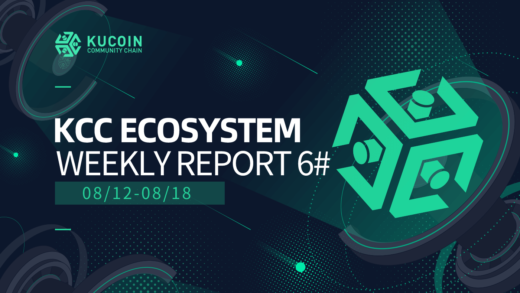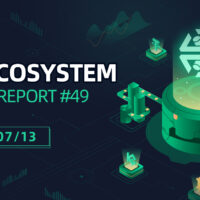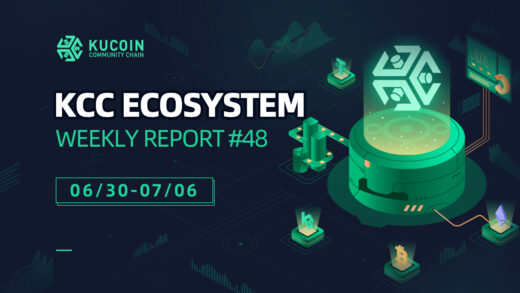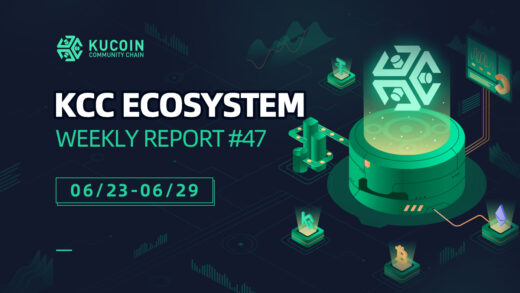Staking has become very popular after the proof-of-stake (PoS) consensus algorithm was accepted by many big blockchains. Ethereum is also shifting to a proof-of-stake consensus algorithm to reduce energy consumption by the Ethereum ecosystem. The proof-of-stake algorithm encourages investors to earn rewards from their investment in the ecosystem of their choice and allows them to earn rewards by validating blocks in the blockchain. They have to lock their investment to earn the status of validator, and this process is called staking.
Staking is just like any other business or investment; it involves benefits and risks, too. However, staking in a DeFi project with strong fundamentals has fewer risk factors than trying to stake in any DeFi projects with weak fundamentals.
DeFi is shaping the financial system of the modern world. Our financial system is evolving from being centralized to decentralized. This also presents many investment opportunities. Staking is one of those opportunities—one that is also decentralized—where your money works for you rather than you working for money.
The Process of DeFi Staking
Bitcoin was the first popular example of DeFi, a concept in which no one controls the money. There is no central authority involved. Due to this, though, there must be some rules and algorithms to make it work strictly via technology. Proof-of-work was the algorithm that would dictate this decentralized system. With a proof-of-work algorithm, many miners compete with each other to solve complex equations using heavy hardware, and they create blocks in the blockchain. As a result, they would earn rewards.
However, this has resulted in too much energy consumption and is also quite time-consuming. So, as an alternative, the proof-of-stake consensus algorithm was introduced in other DeFi blockchains. This algorithm requires that a person locks their coins for a particular period of time and then becomes a validator. They validate blocks and earn rewards by validating those blocks. When using this type of algorithm, energy consumption is low, and the process is fast. This is what we call “staking.”
Usually, there are two options to benefit from staking: either direct investment and becoming a validator of any DeFi blockchain or taking part in any staking pool of any crypto exchange. Also, some DeFi projects like sKCS.io on KuCoin Community Chain offer users the chance to take part in their staking opportunities without becoming a validator. Because your staked sKCS (their native token) will automatically distribute to the top trusted validators of the blockchain, you would receive rewards automatically and can unstake your coins at any time.
Benefits and Risks of Staking
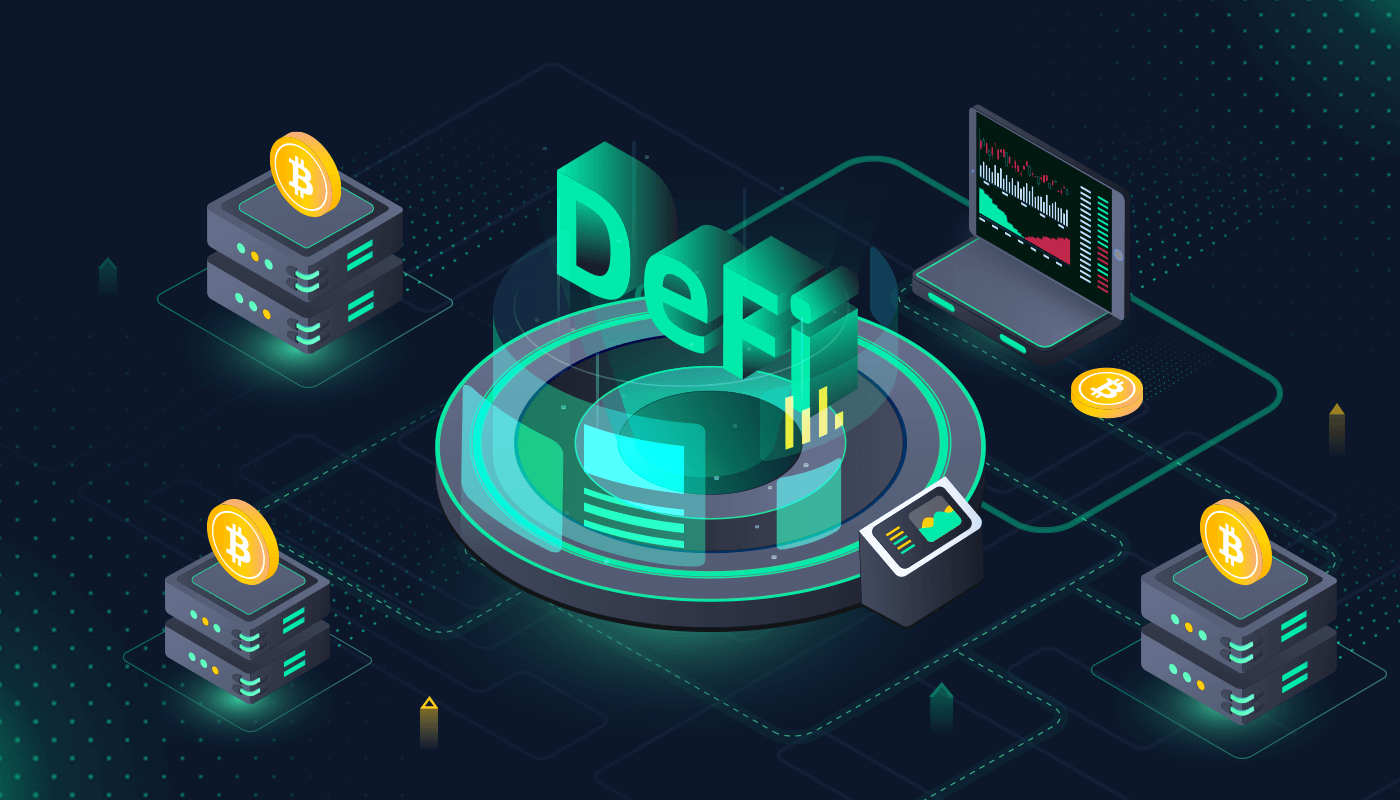
There are benefits and risks of staking, just like with any other business. It all depends on the project in which you are investing. However, the risks involved in DeFi staking are not common with big projects. The risks typically only apply in the cases of projects with weak fundamentals, which can be avoided with good research about the project before getting involved.
The Significant Benefits of Staking
1. Passive Income
Staking is not like mining, where you have to actively take part in the maintenance of your hardware and deal with numerous things simultaneously. You can earn passively, and your rewards will be added automatically. Also, compounding can make your earnings a significant amount after a long time.
2. High Increase in Value:
Staking affects the demand and supply curve. Any good project with good staking rewards can see a shortage of coins because of the many individuals taking part in staking. This will appreciate a coin’s value, and you can see a high increase in the value over time.
3. Smooth and Fast System:
Staking was introduced through the proof-of-stake consensus algorithm. Without any question, proof-of-stake has made blockchains both smooth and quite fast since users see quick work in just a short period of time. This is why the blockchains that utilize proof-of-stake or staking are so fast compared to the PoW-based options.
Potential Risks Associated with Staking
1. Deposit Limit
Some projects need you to stake a particular amount of their cryptocurrency to qualify as a validator. This will impact small investors and also those ecosystems that support big investors. You can see the limits before staking, though. If you have a small number of coins, you can only go for staking pools that are by reliable crypto exchanges.
2. Slashing
If the validator fails to validate correctly, both the validator and the delegators may lose some of their staked tokens or incentives. This is called slashing. This danger is associated with new validators; specific initiatives, like sKCS.io, allow you to stake your coins and distribute them among top trustworthy validators. This also may reduce the likelihood of cutting.
4. Weak Fundamentals
The desire for big staking rewards may lead you to deposit your currency without considering the critical foundations and technology of the underlying crypto coin. If its blockchain fails, your benefits may not be as anticipated.
5. Fake Projects
Don’t fall for bogus ventures, like pump and dump schemes, because they may also offer high staking profits. They are primarily fake projects with promises of great returns, but people end up losing their money.
6. Negative Growth
This is especially common with projects with high APY but end up losing value over time. These staking initiatives are not economically viable. If you stake for a specific time period and its value falls more, you will be in negative growth rather than positive growth at the end.
7. Locked Crypto
In staking, your cryptocurrency is locked for a particular period of time, and you won’t be able to access it during that time. During that time period, if the market pumps or crashes, you won’t be able to make a profit or minimize your losses in that time.
8. Malicious Attack
This is especially common in projects with lax security. In the decentralized environment, wallet assaults and frauds are widespread. You may have staked your coins in a staking pool run by a third-party wallet or exchange. If so, you’ve risked losing your money if there is a security breach. This is why most individuals should only stake in reliable exchanges and blockchains.
The best way to avoid these risks is to pay attention to the project’s details. If the project has strong fundamentals, you generally don’t have to worry about these risks, especially in a bear or bull market. Staking is one of the best ways to make money passively from crypto. Many big blockchains like Ethereum are also switching from proof-of-work to proof-of-stake, which will encourage many fellow blockchains and open new opportunities for investors who want to earn money passively from crypto.
Related Questions
How do you make money by staking?
When you buy any type of coin for staking, you should aim to keep it for the long term. This is the first way to make money by staking, which is referred to as “holding.” Holding is widespread among long-term investors. The most popular strategy is holding a coin for the long term to sell it at a high price later.

The second way to make money is through dividends or rewards. When you stake your coin for a particular period of time, you get rewards out of it. You can also call these “dividends.” These can vary from project to project—like how sKCS.io offers an APY of almost 6.03% compared to other options—so this is the second way of making money by staking. Also, you can include the compounding of your rewards to aim for significant returns.
Does staking affect the price of the coin?
Staking affects the supply and demand curve of a project. For example, if any project offers good staking rewards, people would buy those coins and stake them. Staking means that the crypto coins will be locked, and users won’t be able to access them for a particular period of time.
This results in a decrease in supply and an increase in demand, and this increases the value of that coin. On the flip side, if staking rewards go down, the supply will increase, demand will be just as low as before, and the price of the coin will decrease. That’s how it affects the price of the coin.
Is staking crypto worth it?
Yes. Staking is one of the best ways to make money passively from crypto. It’s worth it. An individual’s risk tolerance determines the value of staking cryptocurrency. You’ll need to invest in solid projects like sKCS.io since they are low-risk and allow you to generate money quickly.
If you own coins and aim to hold them for an extended period of time, you can stake them at a reasonable price and retain them for a set amount of time. When the value of your currency rises, you will receive free incentives for your investment.
Can you lose money with staking?
Staking is one of the easiest ways to earn money without putting in much work. You can profit from it, but you can also lose money if you make mistakes. For example, if you invest in fake projects or use a third-party wallet with lax security, you may lose money through staking.
Also, if you invest in a project that loses value over time, you may find yourself experiencing negative growth rather than positive growth at the end of your time frame. So, keep an eye on the initiatives and their feasibility. With proper study, you may prevent the loss of any money while staking.
This is a community post written by the ARTEM Noah and published on https://news.kcc.io

